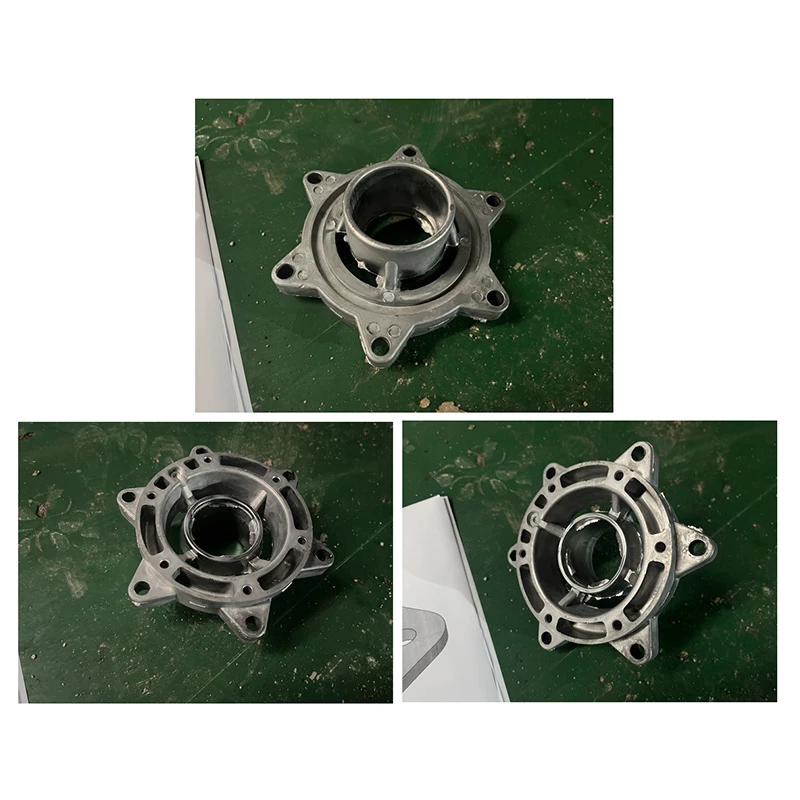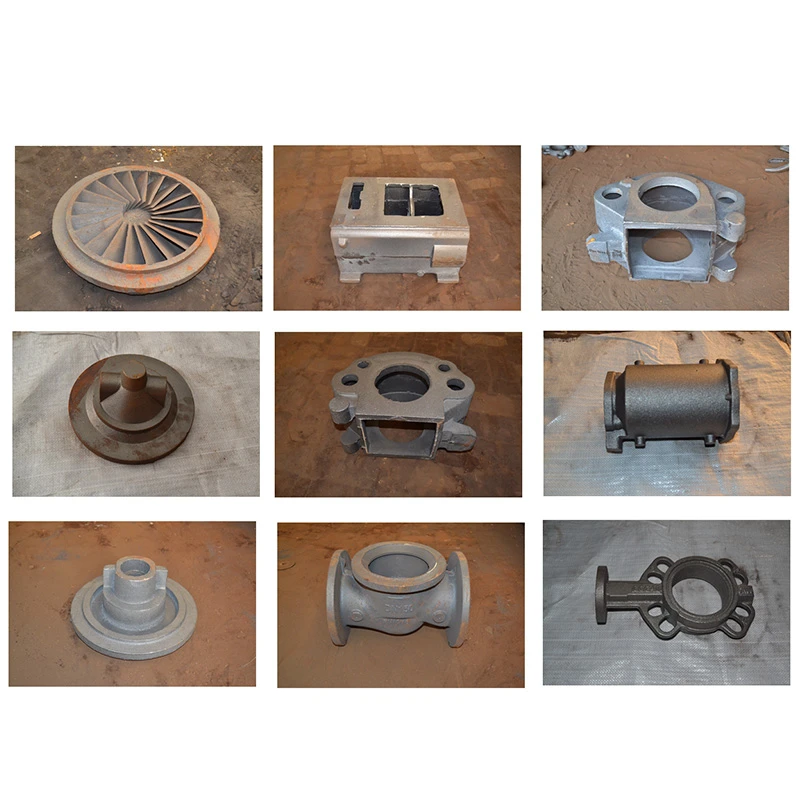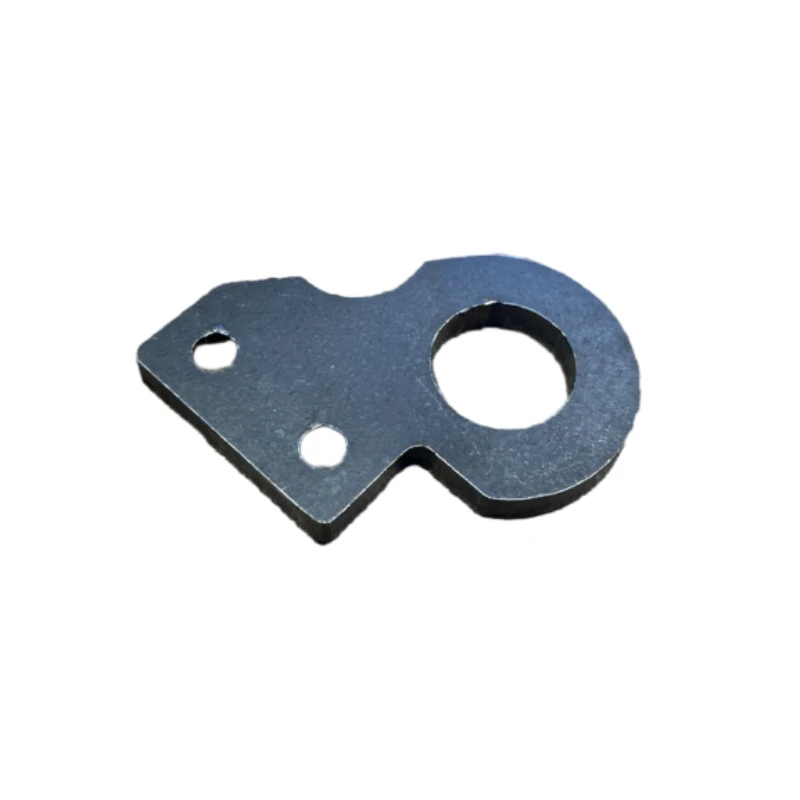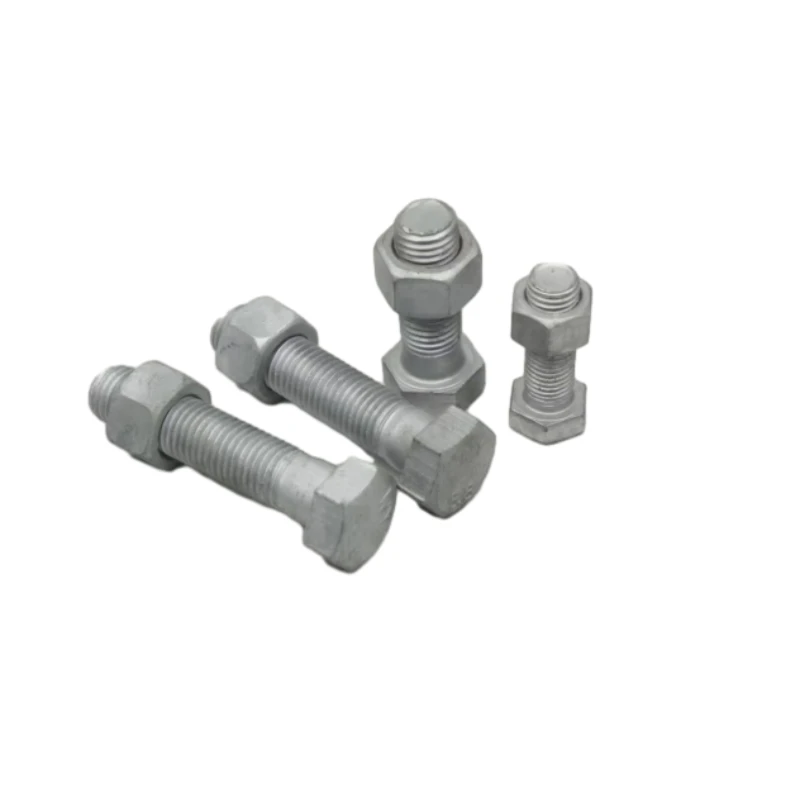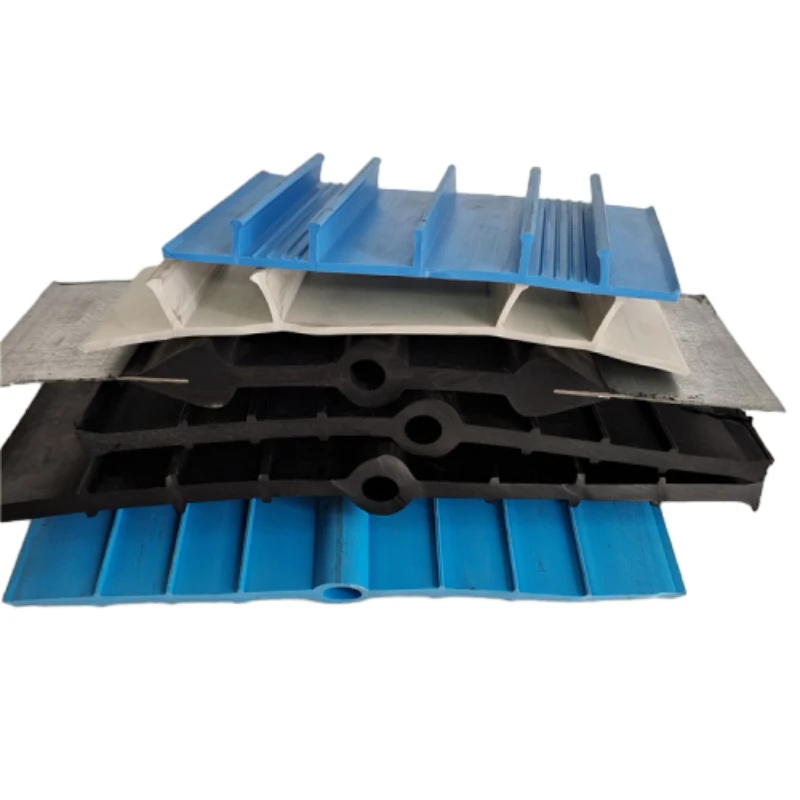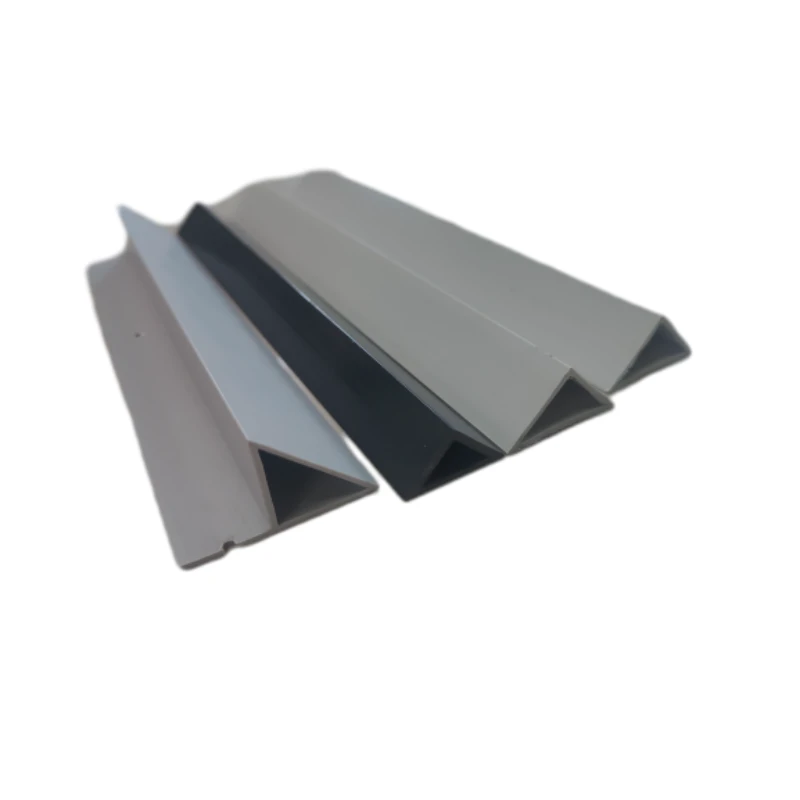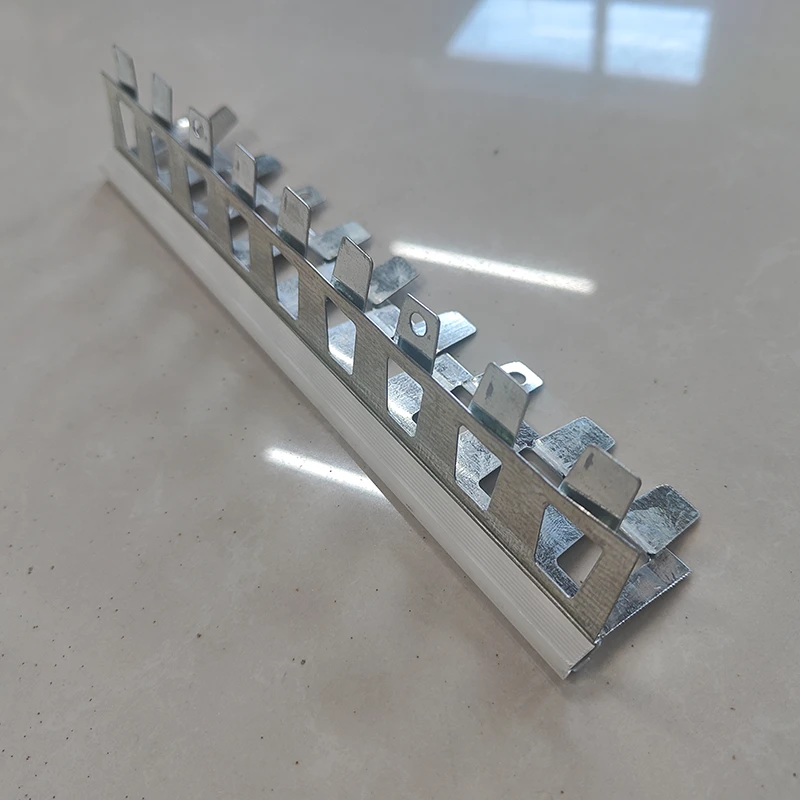- Phone: +86 132 8320 1810
- Email: annie@wrkgroup.ltd
-
- Afrikaans
- Albanian
- Amharic
- Arabic
- Armenian
- Azerbaijani
- Basque
- Belarusian
- Bengali
- Bosnian
- Bulgarian
- Catalan
- Cebuano
- China
- China (Taiwan)
- Corsican
- Croatian
- Czech
- Danish
- Dutch
- English
- Esperanto
- Estonian
- Finnish
- French
- Frisian
- Galician
- Georgian
- German
- Greek
- Gujarati
- Haitian Creole
- hausa
- hawaiian
- Hebrew
- Hindi
- Miao
- Indonesian
- Italian
- Japanese
- Javanese
- Malay
- Persian
- Portuguese
- Punjabi
- Russian
- Spanish
- Swahili
- Telugu
- Vietnamese
Jul . 23, 2025 16:45 Back To List
Prop Nuts: How to Identify Signs of Wear and Tear
In the construction and scaffolding industry, the integrity of components like prop nut, propeller nut, and prop nut with handle is crucial for safety and performance. CANGZHOU WORLD CUP TRADING CO., LTD. supplies a variety of prop nuts, and as a wholesaler, understanding how to identify signs of wear and tear in these components is essential to ensure you provide clients with reliable products.
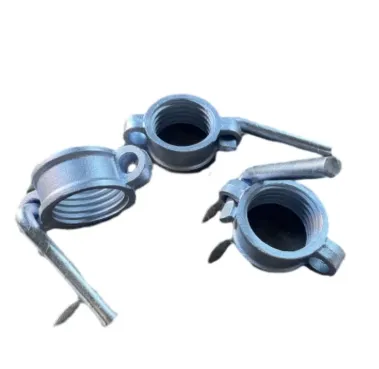
Inspecting Prop Nut for Wear
- Visual Checks for Surface Damage:Regularly examine the surface of prop nut for visible signs of wear. Look for cracks, chips, or corrosion. For example, prop nuts made of ductile cast iron, like some of those offered by CANGZHOU WORLD CUP TRADING CO., LTD., should have a smooth and intact surface. Any cracks can weaken the structure, while corrosion (especially in humid or chemical - exposed environments) can reduce the nut's ability to grip and secure components. Check for discoloration that might indicate rust or chemical reactions, which could compromise the nut's integrity.
- Thread Integrity Assessment:The threads of a prop nut are critical for its functionality. Inspect the threads for signs of wear, such as stripping, bending, or excessive roughness. Stripped threads can occur due to over - tightening or repeated use, and they prevent the nut from properly engaging with the corresponding rod or bolt. Bended threads can also lead to improper seating and reduced load - bearing capacity. Use a magnifying glass if necessary to get a detailed view of the threads, ensuring they are clean, straight, and free from damage.
Assessing Propeller Nut Condition
- Material - Specific Wear Indicators:Propeller nut (which may share similar design principles with prop nuts in terms of wear) can be made from materials like ductile cast iron or carbon steel. For ductile cast iron propeller nuts, watch for signs of brittleness or cracking, which can occur due to repeated stress or impact. For carbon steel variants, check for rust and pitting, as these can weaken the material over time. CANGZHOU WORLD CUP TRADING CO., LTD. provides prop nuts in different materials, so understanding the material - specific wear patterns is key. For example, carbon steel might show surface rust earlier than ductile cast iron, but both can suffer from structural damage if not properly maintained.
- Dimensional Changes: Over time and use, propeller nutmay experience dimensional changes. Use calipers to measure the diameter and compare it to the original specifications (as seen in the product details, like OD48mm, OD60mm etc.). If the diameter has changed significantly, it could indicate that the nut has been deformed due to excessive load or improper use. A change in dimensions can affect the nut's ability to fit and function correctly, so regular dimensional checks are important for identifying wear.
Evaluating Prop Nut with Handle
- Handle Attachment and Wear: For prop nut with handle, pay close attention to the handle attachment point. Check for signs of loosening, cracking, or bending at the junction where the handle meets the nut. The handle is crucial for easy tightening and loosening of the nut, so any damage to this area can impede functionality. If the handle is made of a different material (e.g., a metal handle on a ductile cast iron nut), check for signs of corrosion or separation at the interface. Also, inspect the handle itself for wear, such as bending or cracking, which can make it difficult to use the nut effectively.
- Operational Functionality: Test the operational functionality of prop nut with handle. Ensure that the handle rotates smoothly and that the nut tightens and loosens as expected. Any stiffness or resistance during operation can be a sign of internal wear or damage. For example, if the threads inside the nut are damaged, it might be harder to turn the handle, or the nut might not seat properly. Regularly testing the functionality helps identify wear that might not be immediately visible through visual inspection alone.
Product Specifications Table of CANGZHOU WORLD CUP TRADING CO., LTD.'s Prop Nuts
|
Item Name |
Materials |
Diameter |
Weight |
|
Casting prop nuts |
Ductile cast iron |
OD48mm |
420gram |
|
Casting prop nuts |
Ductile cast iron |
OD60mm |
670gram |
|
CNC Cup prop nuts |
Carbon steel |
OD48mm |
500gram |
|
Casting Cup Prop Nuts |
Ductile cast iron |
OD48/60mm |
1100gram |
Prop Nut FAQS
What are the most common signs of wear in prop nut?
The most common signs of wear in prop nut include visible cracks or chips on the surface, corrosion (especially for metal nuts), and damage to the threads such as stripping or bending. These issues can arise from repeated use, improper handling, or exposure to harsh environments. CANGZHOU WORLD CUP TRADING CO., LTD. supplies prop nuts in various materials, and each material may show different wear patterns, but these general signs are key indicators that a prop nut may need replacement.
How often should propeller nut be inspected for wear?
Propeller nut should be inspected regularly, ideally before each use in a new project or at least once every few months for nuts in storage. For nuts that are frequently used in construction sites, more frequent inspections (e.g., weekly or monthly) are recommended, especially if they are exposed to harsh conditions like high humidity, chemicals, or heavy loads. Regular inspection helps catch early signs of wear and prevents potential failures in the field.
Can a prop nut with handle still be used if the handle is slightly bent?
A slightly bent handle on a prop nut with handle may still be usable, but it depends on the extent of the bend and its impact on functionality. If the bend makes it difficult to grip or turn the handle, or if it causes stress on the attachment point, it's best to replace the nut. A bent handle can lead to improper tightening or loosening of the nut, which can compromise the safety and stability of the scaffolding or construction structure. It's important to assess both the handle's functionality and the potential impact on the nut's performance before deciding to continue using it.
How does material affect the wear of prop nut?
Material has a significant impact on the wear of prop nut. Ductile cast iron prop nuts, like some offered by CANGZHOU WORLD CUP TRADING CO., LTD., are known for their strength and resistance to impact but may be prone to corrosion if not properly protected. Carbon steel prop nuts can be strong but may rust more easily in humid environments. Understanding the material properties helps in predicting and identifying wear patterns. For example, a carbon steel prop nut might show surface rust as an early sign of wear, while a ductile cast iron nut might exhibit cracks or brittleness over time.
What should be done if signs of wear are found in a prop nut?
If signs of wear are found in a prop nut, the first step is to assess the severity of the wear. Minor surface corrosion might be addressable through cleaning and rust - removal techniques (if applicable), but significant cracks, stripped threads, or structural damage usually mean the nut should be replaced. As a wholesaler, it's important to inform clients about the wear and recommend replacement to ensure the safety and reliability of their construction projects. CANGZHOU WORLD CUP TRADING CO., LTD. can supply replacement prop nuts to maintain the quality and integrity of the components used.
Latest News
-
Tie Nut Applications In Concrete FormworkNewsJul.23,2025
-
The Advantages of Using Stainless Steel Shuttering Tie RodsNewsJul.23,2025
-
PVC Water Stopper Chemical Resistance PropertiesNewsJul.23,2025
-
Packaging Requirements for Adjustable Jack BasesNewsJul.23,2025
-
Maintenance Tips for Scaffolding Props and Their SleevesNewsJul.23,2025

